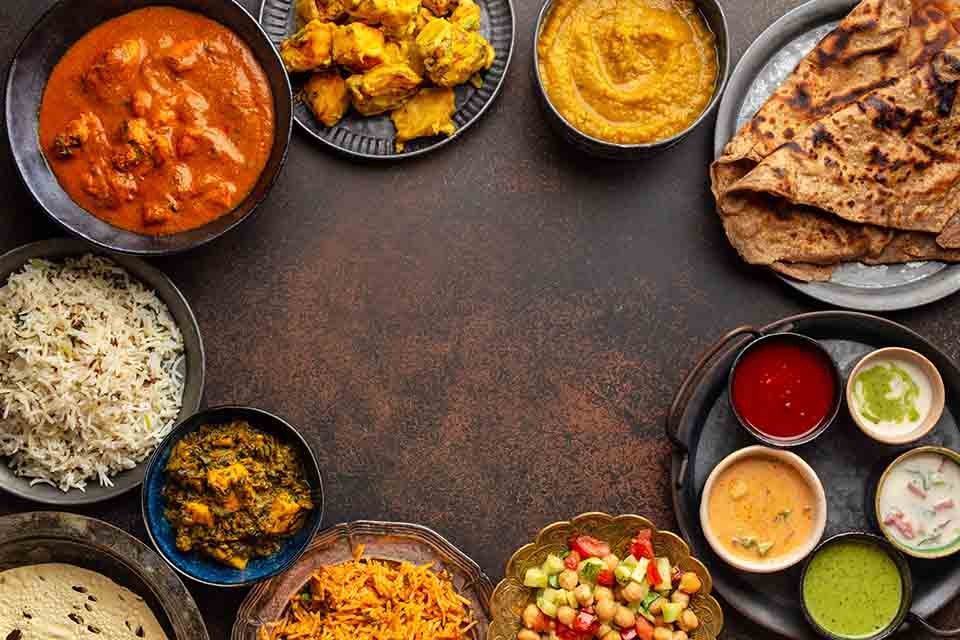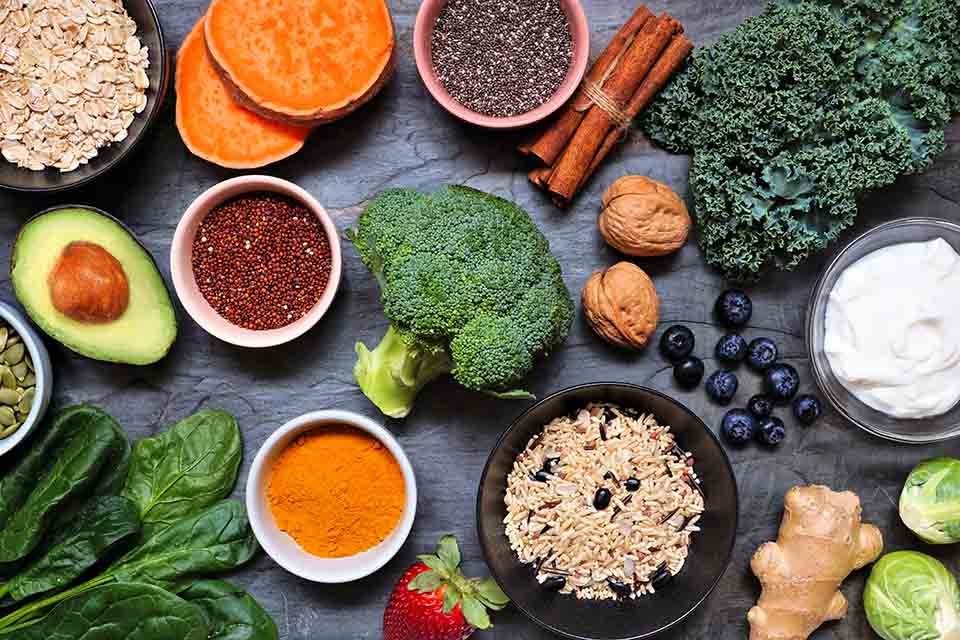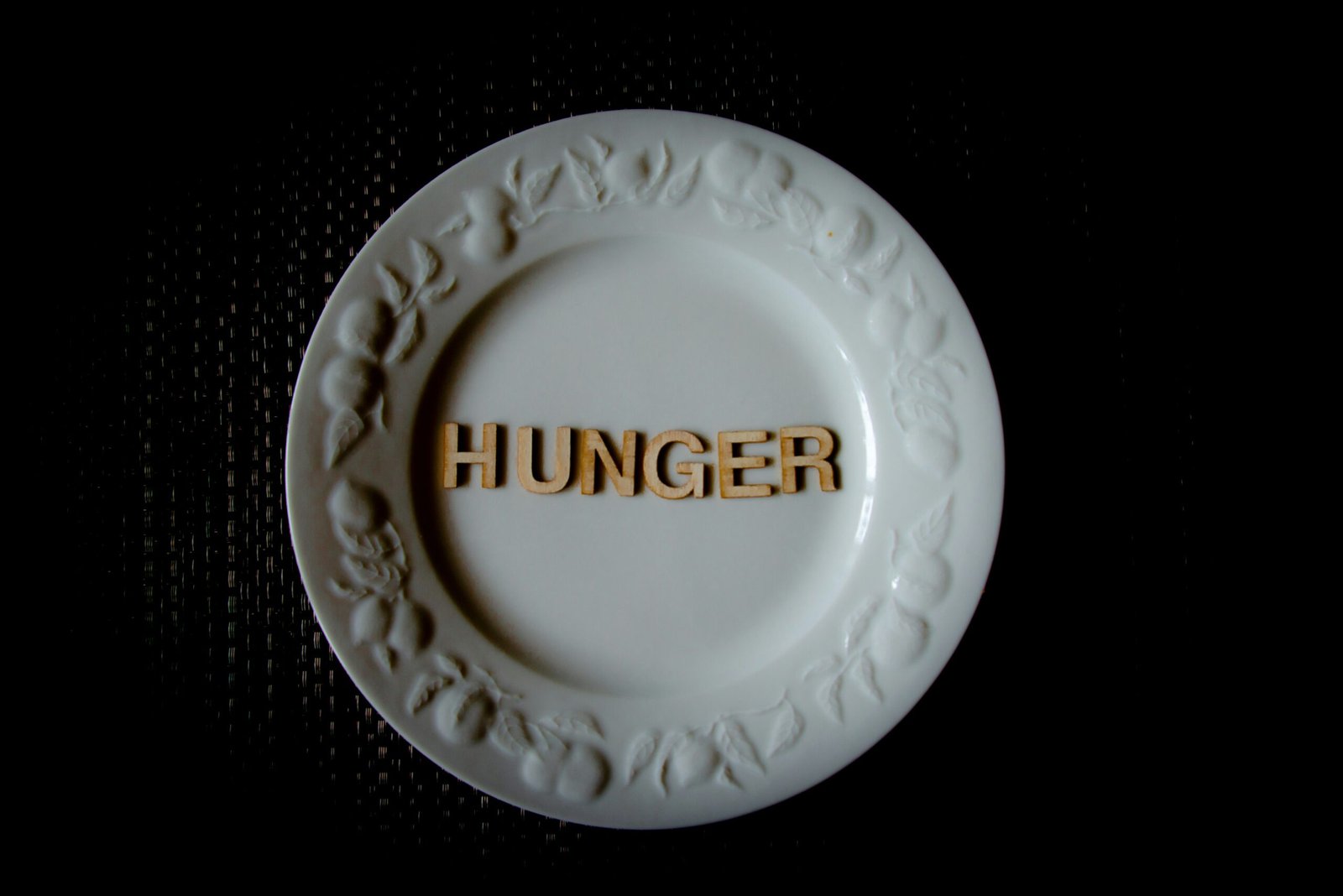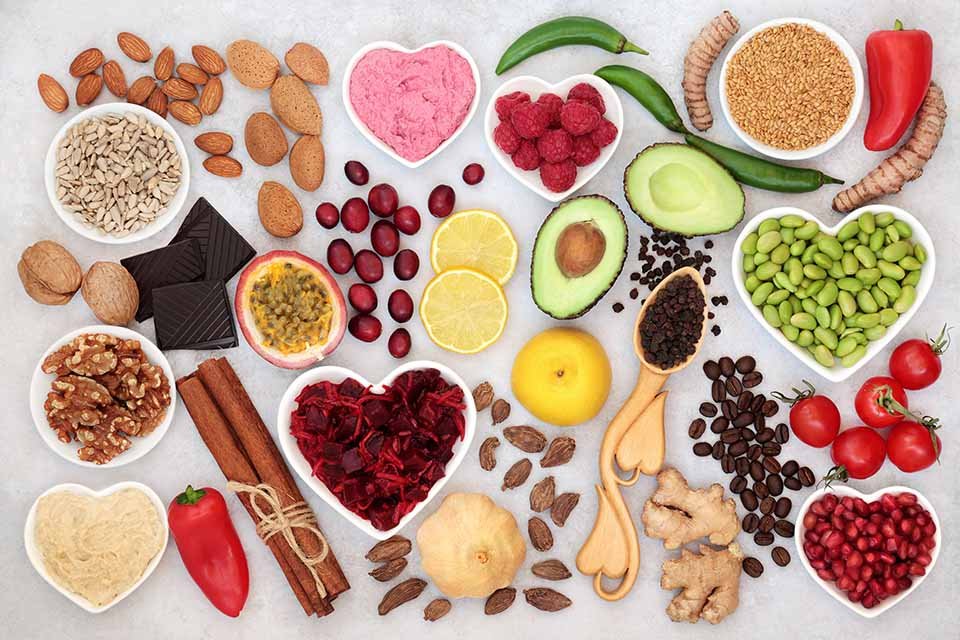Introduction
Food stands at the heart of cultural identity and heritage. Across the globe, culinary traditions define communities, acting as both a reflection of and a conduit for cultural practices, values, and histories. The intricacies of cuisine—ranging from ingredients to preparation methods—often echo centuries-old customs, rituals, and stories that have been carefully handed down through generations. These culinary practices do more than just nourish the body; they nurture the spirit, fortify familial bonds, and foster communal cooperation.
In many cultures, food is more than just sustenance; it is a vibrant element of celebration and a crucial tool for the preservation of cultural traditions. Special occasions, whether festive or solemn, are often marked by specific dishes that resonate with symbolic meaning. These dishes are not merely recipes but are embodiments of cultural identity, representing a living history that connects the past with the present. This cultural expression through food fosters a deeper understanding and appreciation of one’s heritage.
Exploring the multifaceted role of food in celebrating and preserving cultural traditions illuminates the myriad of ways culinary practices contribute to cultural continuity. By engaging with these traditions, individuals and communities not only maintain a connection to their ancestry but also promote cultural diversity and intergenerational knowledge sharing. As we delve into the significance of food in cultural contexts, we uncover the rich tapestry of human experience woven through the flavors and aromas that define our culinary landscapes.
Traditional Recipes
Traditional recipes serve as a living testament to a community’s cultural heritage and historical legacy. These culinary treasures reveal the intrinsic values, beliefs, and stories inherent in a culture. By preserving and sharing traditional recipes, communities can maintain a tangible connection to their past, allowing future generations to experience and appreciate their culinary heritage. This preservation is more than a mere academic exercise; it is a celebration of identity, unity, and continuity within a culture.
For instance, in Italy, the method of making pasta from scratch is a revered tradition handed down through generations. The practice not only reflects the agricultural history of the region but also underscores the importance of family and social gatherings where such culinary skills are shared and enjoyed. Similarly, in Japan, the meticulous process of preparing sushi is seen as an art form that embodies the country’s respect for nature and a dedication to harmony and simplicity.
India presents another compelling example, where the recipe for traditional dishes like biryani or masala dosa is preserved with great reverence. These dishes reflect the rich tapestry of spices and ingredients native to the region, encapsulating centuries-old trade routes, cultural exchanges, and local customs. The act of preparing these dishes often involves family members contributing to different stages, fostering a sense of community and shared heritage.
Moreover, in Mexico, the art of making tamales is a significant cultural practice. This process, often involving extended family members, highlights the importance of togetherness and collective effort. Tamales are not only a culinary delight but also symbolize the blending of indigenous and Spanish influences that define Mexico’s cultural identity.
In conclusion, traditional recipes provide an invaluable link to a community’s cultural heritage. Through the preservation and sharing of these recipes, cultural knowledge is passed down, ensuring that the essence of a community’s heritage endures. Whether through family gatherings, cultural festivals, or local culinary practices, traditional recipes play a critical role in celebrating and preserving the rich tapestry of global cultural traditions.
Festivals and Celebrations
Food undeniably plays a crucial role in festivals and celebrations, acting as an integral part of cultural identity and a profound connector of community. Holidays such as Thanksgiving, Chinese New Year, and Diwali exemplify how traditional dishes are essential in marking significant cultural events.
During Thanksgiving, celebrated primarily in the United States and Canada, the dinner table becomes a stage for cultural tradition. The quintessential roast turkey, accompanied by sides like mashed potatoes, cranberry sauce, and pumpkin pie, not only represents a feast but also serves as a means for families to gather, share gratitude, and perpetuate culinary heritage.
Chinese New Year, known for its rich traditions, highly values the role of food. Symbolic dishes such as dumplings (representing wealth), fish (signifying abundance), and sticky rice cakes (for prosperity) are staples during the celebrations. The tradition of family reunion dinners highlights the importance of food in fostering unity and maintaining familial bonds.
Similarly, Diwali, the Hindu festival of lights, uses food as a medium to celebrate and preserve cultural practices. A variety of traditional sweets and savories, like laddoos, jalebis, and samosas, are not just culinary delights but also carry significant cultural connotations. Sharing these delicacies among friends and family strengthens communal bonds and underscores the collective spirit of the festival.
These examples vividly illustrate how food serves not merely as sustenance but as a potent symbol of cultural traditions. By incorporating and passing down traditional dishes during significant celebrations, communities reinforce their cultural identity and ensure the continuity of their heritage for future generations.
Culinary Tours and Classes
Culinary tours and classes offer an immersive gateway to understanding and appreciating the rich tapestry of global food traditions. These educational opportunities provide an in-depth exploration of diverse cuisines, allowing participants to engage with food on a cultural level. By embarking on these tours and participating in cooking classes, individuals can gain firsthand experience of the ingredients, techniques, and stories that define various culinary heritages. This hands-on approach not only enhances culinary skills but also deepens one’s appreciation for the cultural context behind each dish.
One of the most commendable aspects of culinary tours and classes is their ability to bridge cultural gaps. For instance, a culinary tour in Italy might lead participants through sprawling vineyards, bustling markets, and quaint trattorias, offering them a taste of both regional wines and traditional pasta-making techniques. Such experiences provide an authentic glimpse into the Italian way of life, promoting a greater understanding and respect for its food culture. Similarly, cooking classes in Japan often focus on the art of sushi-making, teaching students the importance of precision and the cultural significance of ingredients like rice and seafood.
Real-world examples of popular culinary tours and classes reflect the global reach of these educational endeavors. In Thailand, the Chiang Mai Thai Cookery School offers extensive classes that delve into the secrets of Thai cuisine, from the preparation of intricate curry pastes to the delicate balance of flavors in a traditional Tom Yum soup. Meanwhile, in Mexico, the Oaxaca Culinary Tours showcase the region’s vibrant food culture, including the intricate process behind mole sauce preparation and the traditional methods of making tortillas. Each of these programs provides a unique lens through which participants can view and appreciate the cultural significance of food.
By participating in culinary tours and classes, individuals can foster a deeper connection to the world’s diverse food traditions. These experiences not only enhance culinary expertise but also promote cultural appreciation, making them invaluable educational tools for anyone interested in understanding the profound impact of cuisine on cultural identity.
Fusion Cuisine
Fusion cuisine represents a dynamic and evolving culinary landscape where distinct cultural traditions converge to produce innovative and unique dishes. By intertwining elements from various culinary backgrounds, fusion cuisine not only creates new gastronomic experiences but also fosters cultural exchange and mutual understanding. This blending of traditions acknowledges the richness of diversity and offers a platform for celebrating cultural heritage.
One classic example of fusion cuisine is the popular dish, sushi burrito. Born in the cosmopolitan food scene of California, the sushi burrito combines Japanese sushi with the convenience and format of a traditional Mexican burrito. It typically features sushi-grade fish, rice, vegetables, and seaweed, all wrapped in a format that is easy to eat on-the-go. This dish epitomizes the essence of fusion cuisine by merging the best of both worlds, providing a novel way to enjoy familiar flavors.
Another notable example is the Korean taco, which emerged from the food truck scenes of cities like Los Angeles. Korean tacos typically include marinated and grilled Korean BBQ meats such as bulgogi or kimchi, blended harmoniously with traditional Mexican taco components like tortillas and fresh salsas. This culinary creation serves as a testament to the vibrant cultural mosaic of modern urban centers, where interacting cultures inspire new culinary expressions.
Fusion cuisine also finds its place in fine dining with dishes like curry laksa ramen. This dish marries the comforting, brothy nature of Japanese ramen with the rich, coconut-based curry laksa soup from Malaysia. The elements of both traditional dishes are preserved and harmonized in a single bowl, offering an elaborate taste experience that pays homage to each culture’s culinary artistry.
By promoting the blending of flavors, techniques, and ingredients from different culinary traditions, fusion cuisine serves as a powerful symbol of our increasingly interconnected world. It invites diners to explore and appreciate the diverse tapestries of humanity through the universal language of food. Hence, fusion cuisine not only heightens the sensory pleasure of eating but also deepens our engagement with and understanding of cultural diversity.
Art and Storytelling
Food, beyond its essential role in sustenance, possesses a profound capability to serve as a medium for art and storytelling. Culinary art not only offers aesthetic pleasure but also encapsulates and preserves rich cultural narratives. For instance, edible sculptures and intricately designed confectioneries often portray historical events, legends, and folklore. These edible creations act as visual and gustatory embodiments of cultural heritage, allowing communities to maintain a tangible connection to their past.
One compelling example is the Japanese tradition of “wagashi,” artisanal confections made from rice flour, beans, and sugar. These beautifully crafted sweets often reflect the changing seasons, flowers, and historical tales, providing a sensory journey that transcends mere taste. Each wagashi piece narrates a story of Japanese history and natural beauty, acting as a delightful bridge between generations. Similarly, in Mexico, “pan de muerto” (bread of the dead) is baked to honor deceased loved ones during the Day of the Dead. This uniquely shaped bread, often adorned with bone-like designs, not only serves as an offering but also tells a story of remembrance and cultural continuity.
Foods also play a crucial role in oral storytelling traditions. In many cultures, the act of preparing and sharing a meal is intertwined with the recounting of ancestral tales and communal histories. For example, in the Middle East, the preparation of traditional dishes like “maklouba” or “kabsa” often accompanies discussions of family lineages, tribal history, and past glories. This practice not only enriches the dining experience but also perpetuates cultural narratives.
Moreover, dishes themselves can become symbolic storytellers. In African American culture, soul food serves as a poignant reminder of resilience and adaptation during the era of slavery and beyond. Each ingredient and method carries a story of survival and innovation, turning the dining table into a stage where history is continuously performed and remembered.
In summary, food as art and storytelling medium offers a powerful means to communicate, preserve, and celebrate cultural identities. The creative use of culinary expressions ensures that cultural histories remain vibrant and accessible, fostering a deeper appreciation and understanding across generations.
Promoting Cultural Understanding and Appreciation
Food transcends its basic necessity of sustenance, emerging as a powerful medium for promoting cultural understanding and appreciation. By sharing traditional recipes, communities expose others to the flavors and customs that define their heritage. These recipes, often passed down through generations, serve as edible histories, allowing individuals to savor the past while participating in the present.
Cultural festivals play a crucial role in this context. Events like Chinese New Year, Diwali, Ramadan, and Thanksgiving not only offer a feast of diverse dishes but also narrate the stories, traditions, and values embedded within each culture. Such celebrations invite participation from all corners of society, fostering mutual respect and a deeper understanding of cultural diversity.
Participating in culinary tours and classes offers another dynamic approach to promoting cultural appreciation. These experiences go beyond mere consumption, providing hands-on engagement with the cooking techniques, ingredients, and rituals that define different culinary traditions. Such educational endeavors enable participants to connect more intimately with the cultures they explore.
Fusion cuisine, a blend of culinary traditions from multiple cultures, also plays a significant role in fostering appreciation. By combining elements from diverse culinary practices, it highlights the adaptability and innovation inherent within food culture. This synthesis often prompts curiosity and dialogue, bridging cultural gaps and fostering a global palate.
Finally, using food as a medium for art and storytelling can amplify its role in cultural preservation and appreciation. From food-themed murals to culinary-inspired literature, these artistic expressions encapsulate the essence of cultural narratives, transforming everyday ingredients into symbols of identity and heritage. This creative articulation not only preserves but also promotes the rich tapestry of cultural traditions for future generations.
Conclusion
Throughout this exploration of the cultural importance of food, it is evident that food plays a pivotal role in celebrating and preserving cultural traditions. From festive occasions that bring communities together with traditional dishes to the everyday meals that carry historical significance, food provides a tangible connection to our heritage. Food acts as a powerful vehicle for storytelling, passing down customs, and maintaining a sense of identity and continuity across generations.
Moreover, food serves as a bridge to foster cultural understanding and appreciation. By sharing meals from diverse cultures, individuals are offered an opportunity to learn about the customs, values, and histories of others. This exchange promotes a deeper respect for cultural diversity and enhances global interconnectedness. Through shared culinary experiences, barriers are broken down, fostering unity and mutual respect among different cultural groups.
Therefore, it is important for individuals to actively engage with their own cultural heritage through food. Exploring traditional recipes, participating in cultural food festivals, and cooking meals that tell the stories of ancestors are meaningful ways to connect with one’s roots and keep cultural practices alive. Encouraging familial participation in these culinary customs ensures that the traditions are transmitted to future generations, reinforcing a continuous loop of cultural preservation.
In embracing food as a vital component of cultural identity, we not only celebrate the rich tapestry of human experience but also cultivate a more inclusive and understanding world. Whether through our own heritage or by exploring the diverse gastronomic landscapes around us, the act of sharing and appreciating food remains a powerful testament to the cultural bonds that unite humanity.




